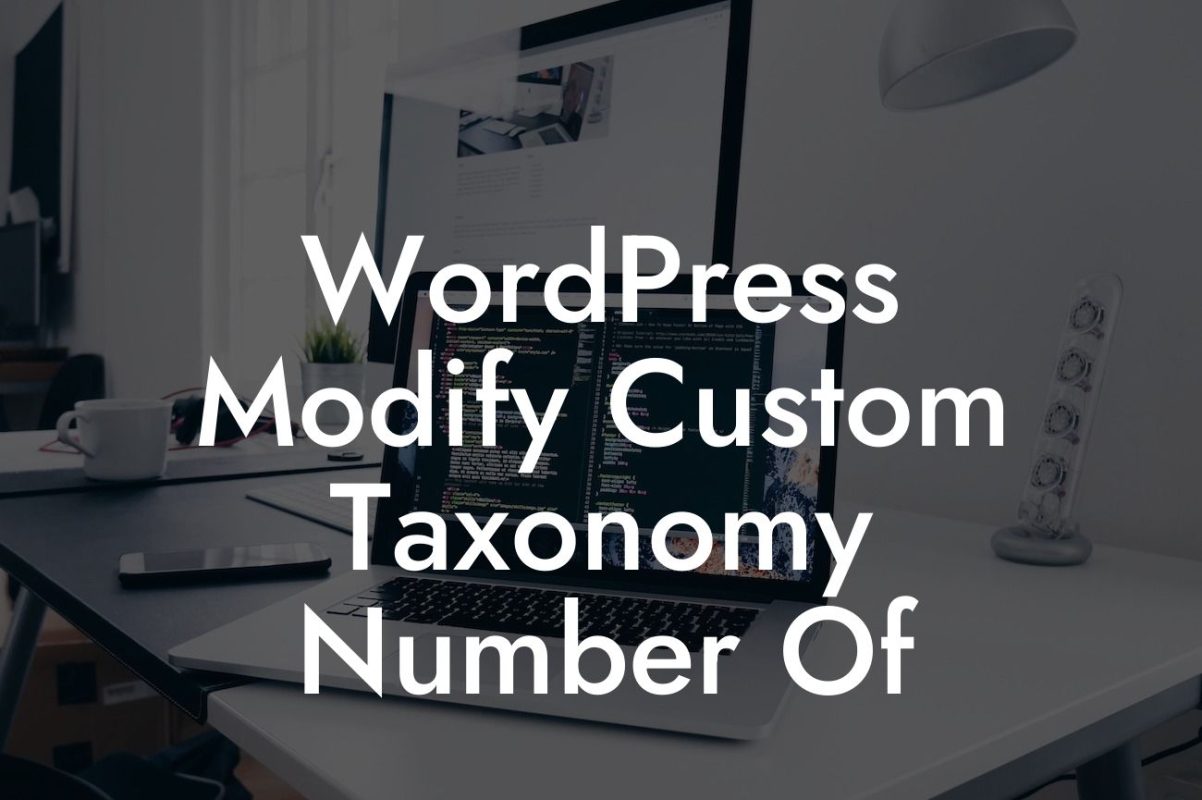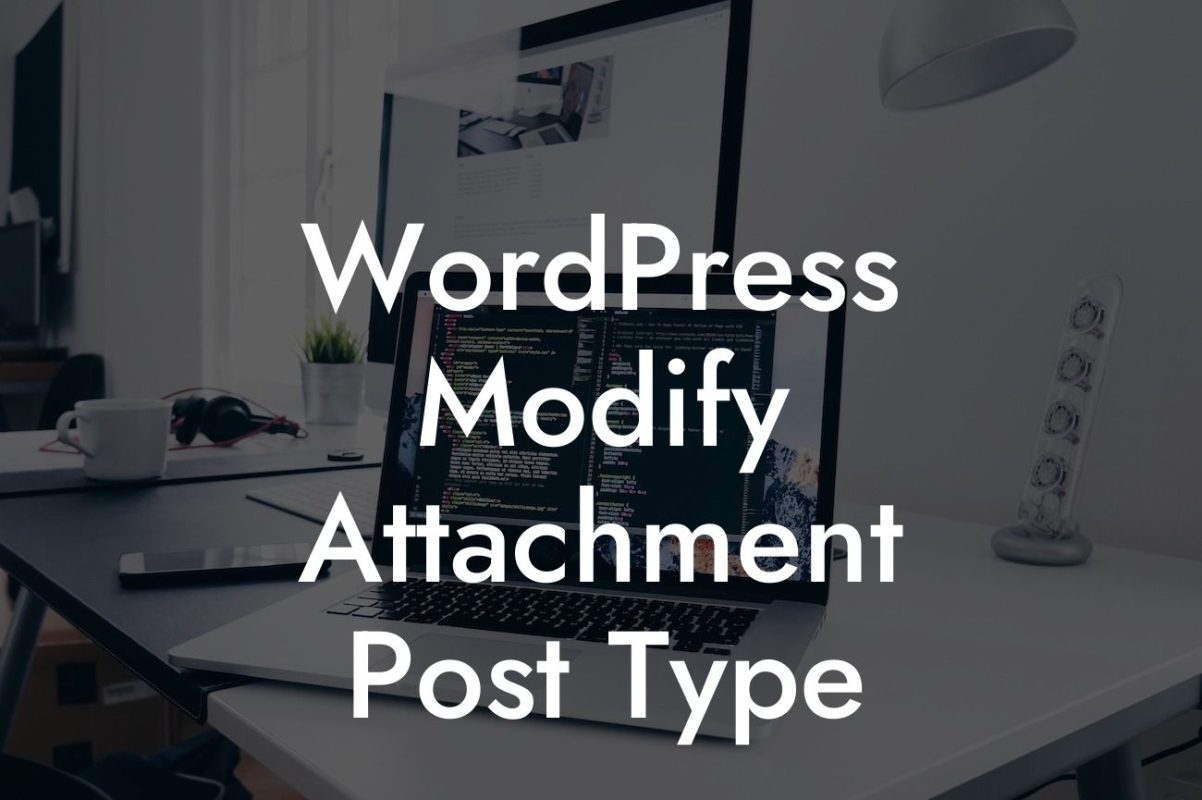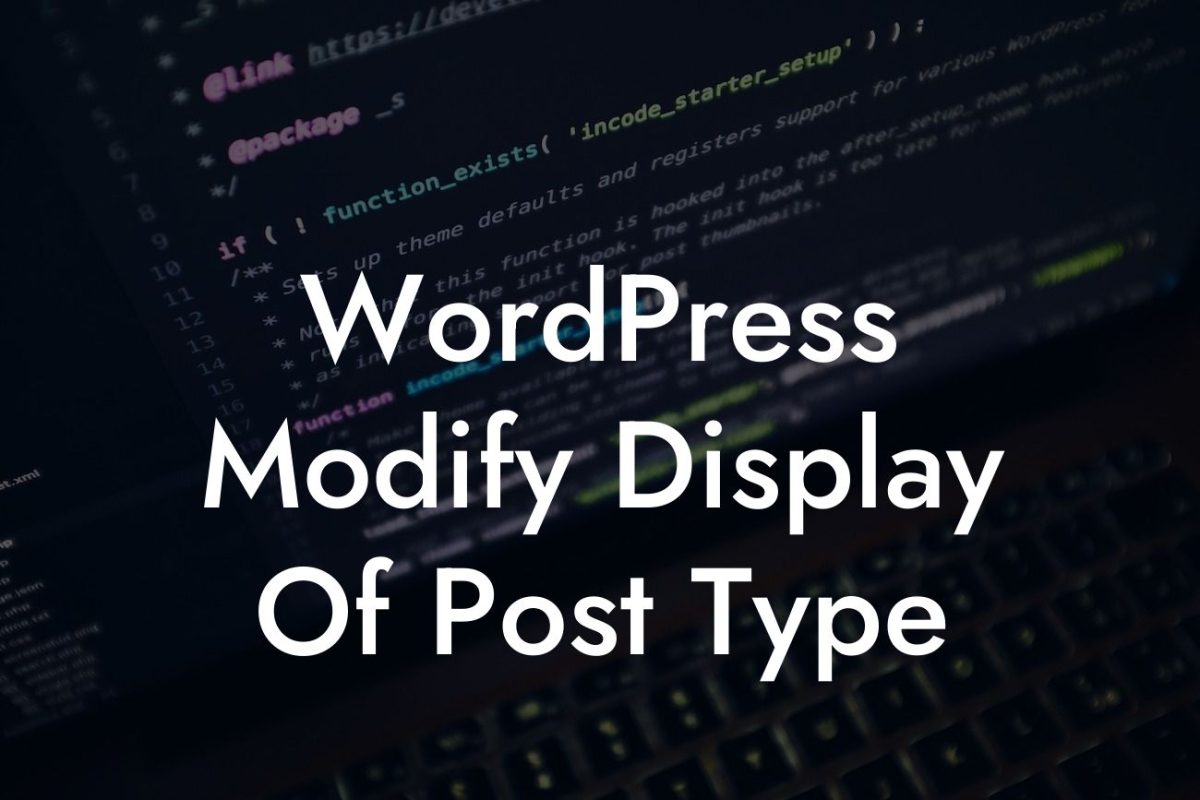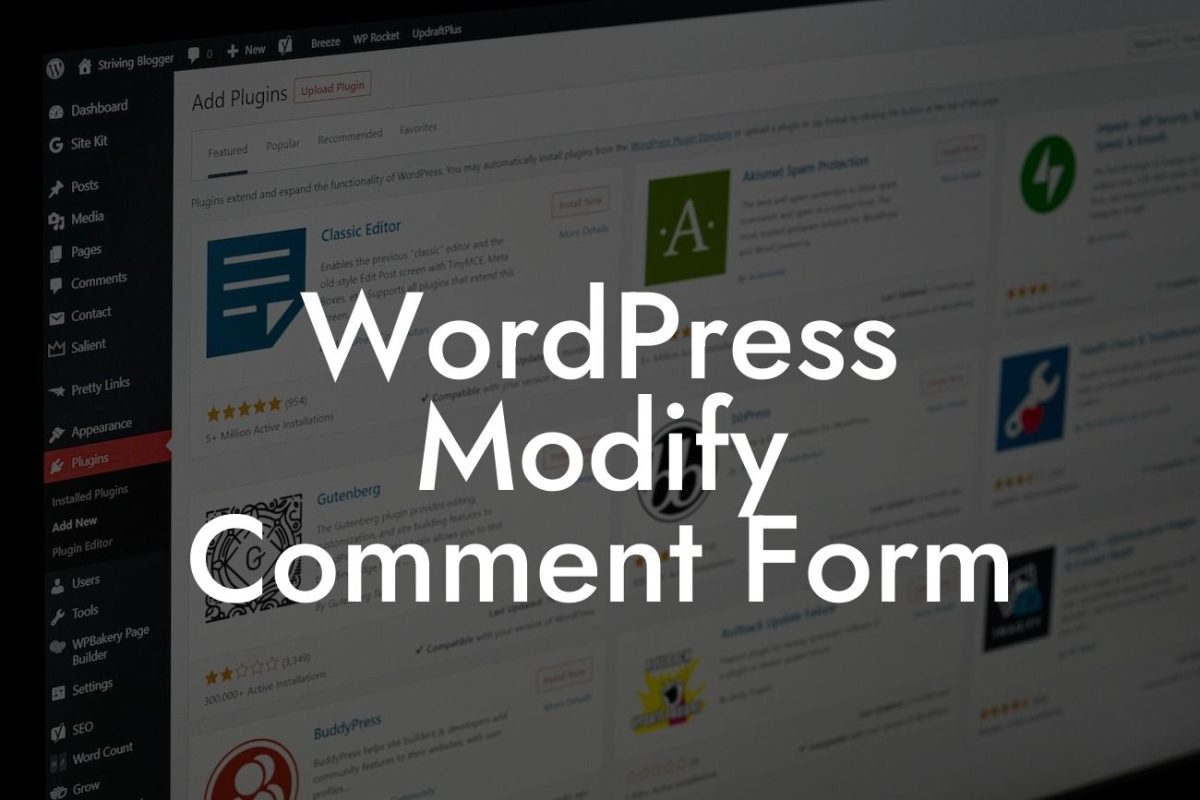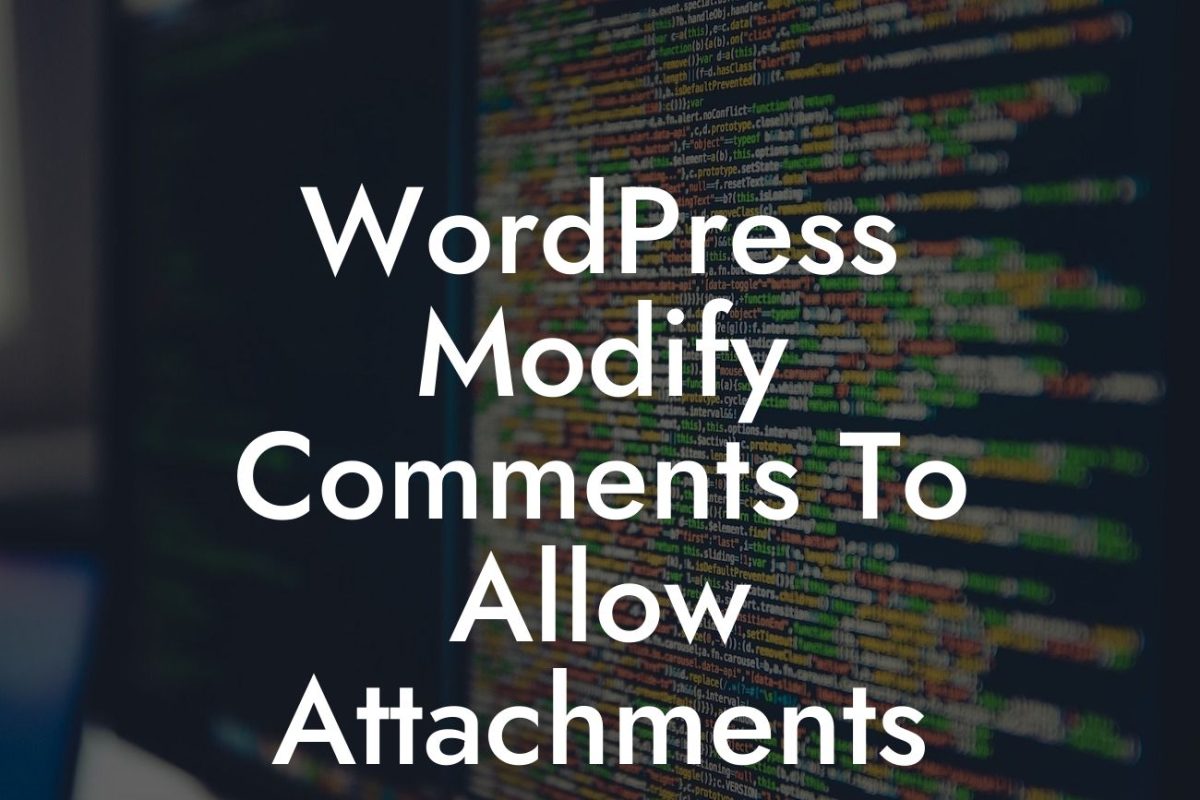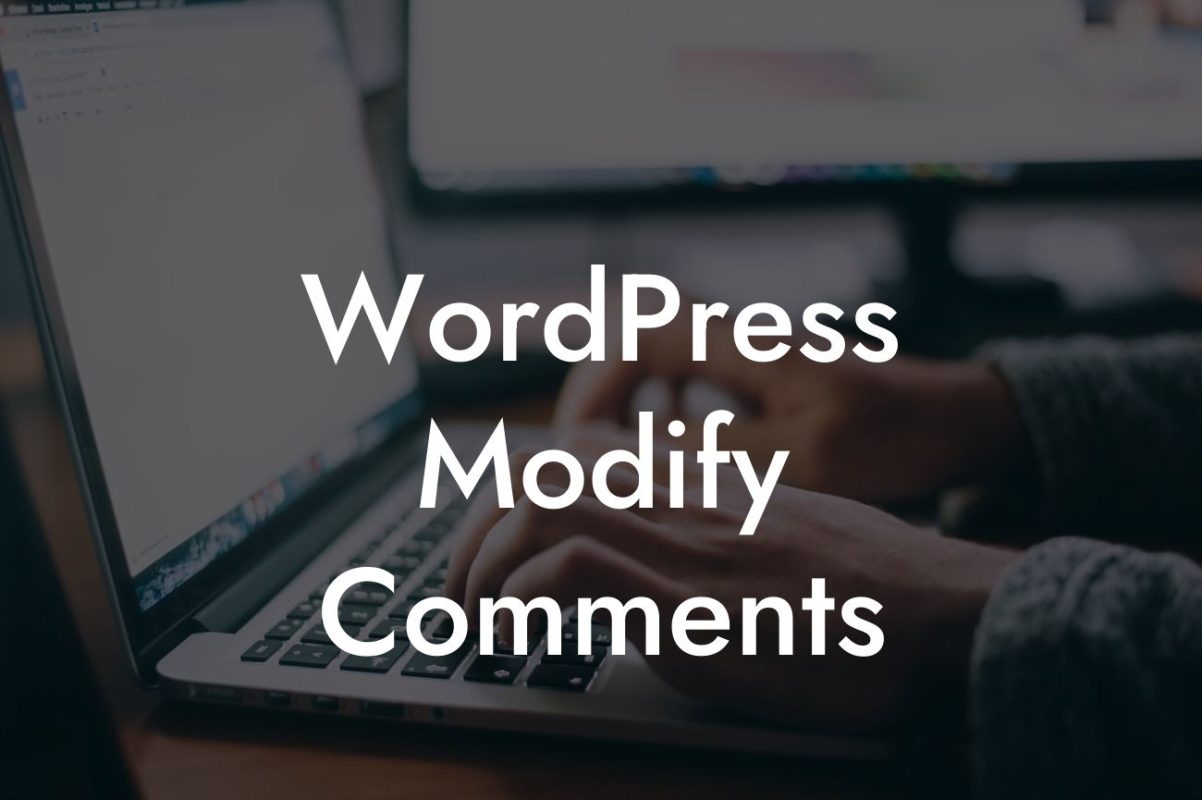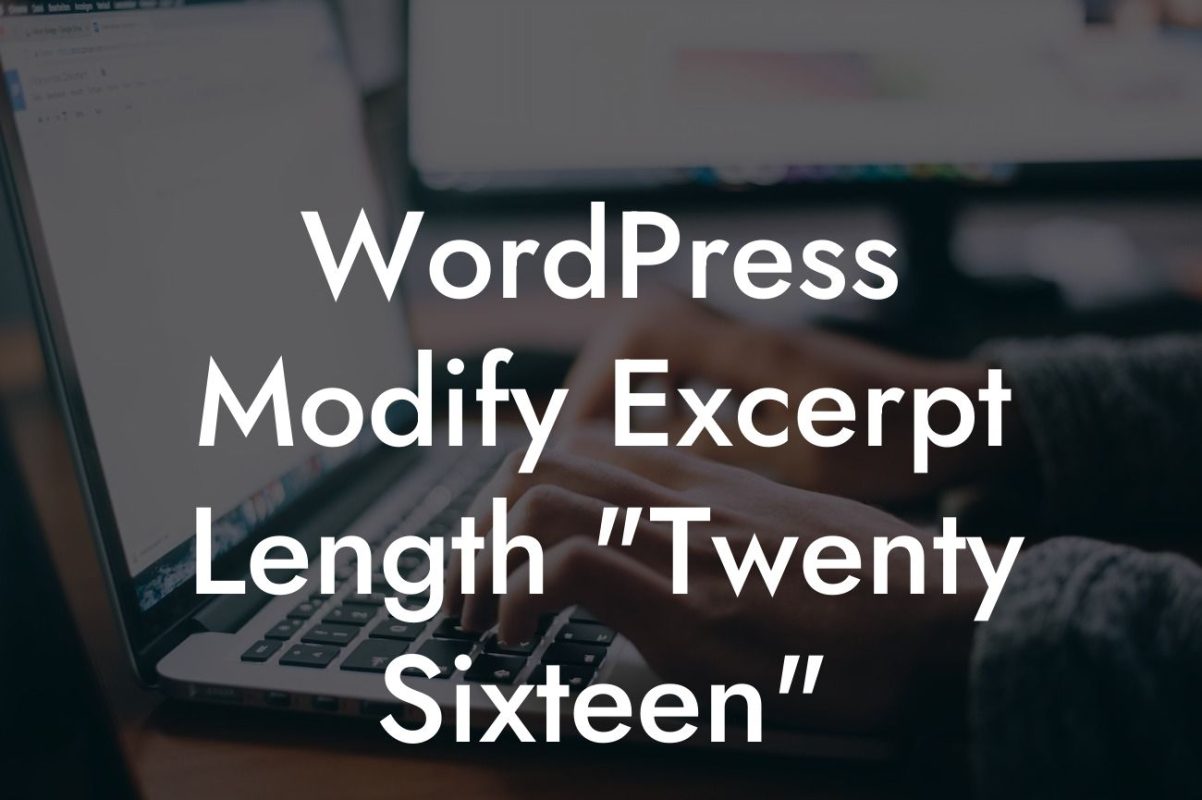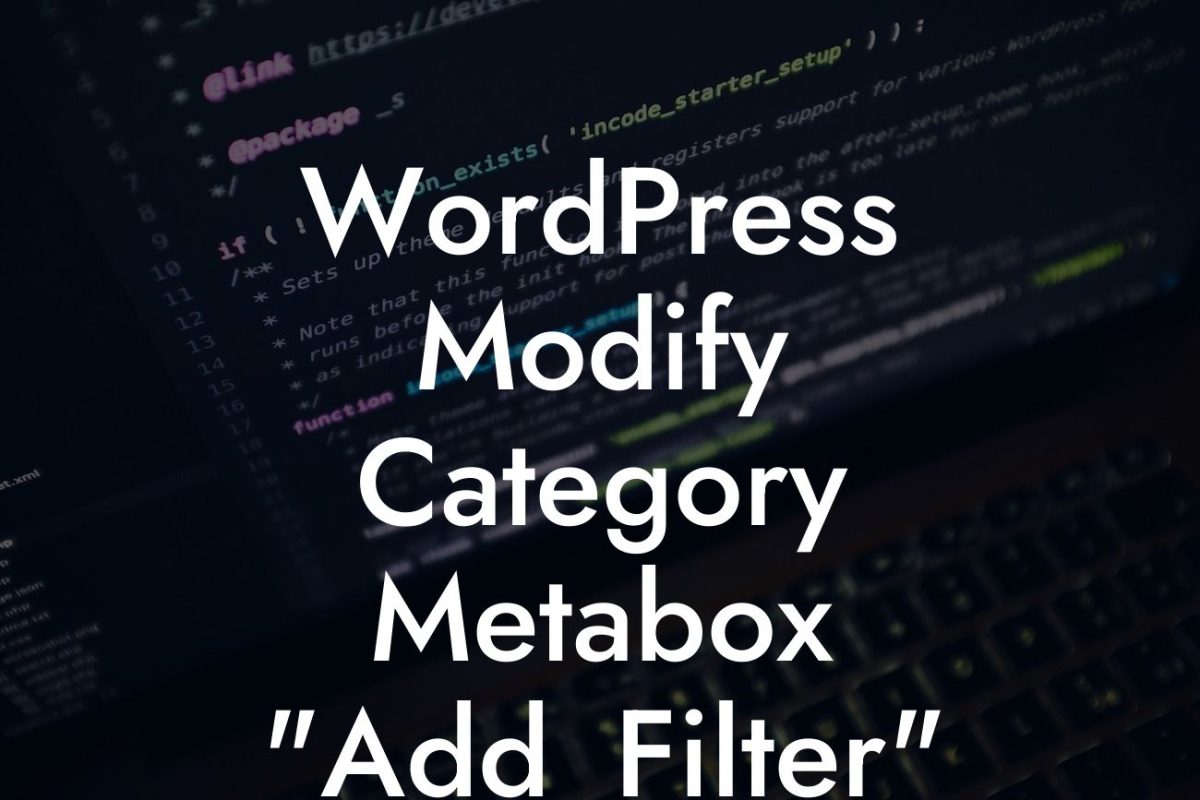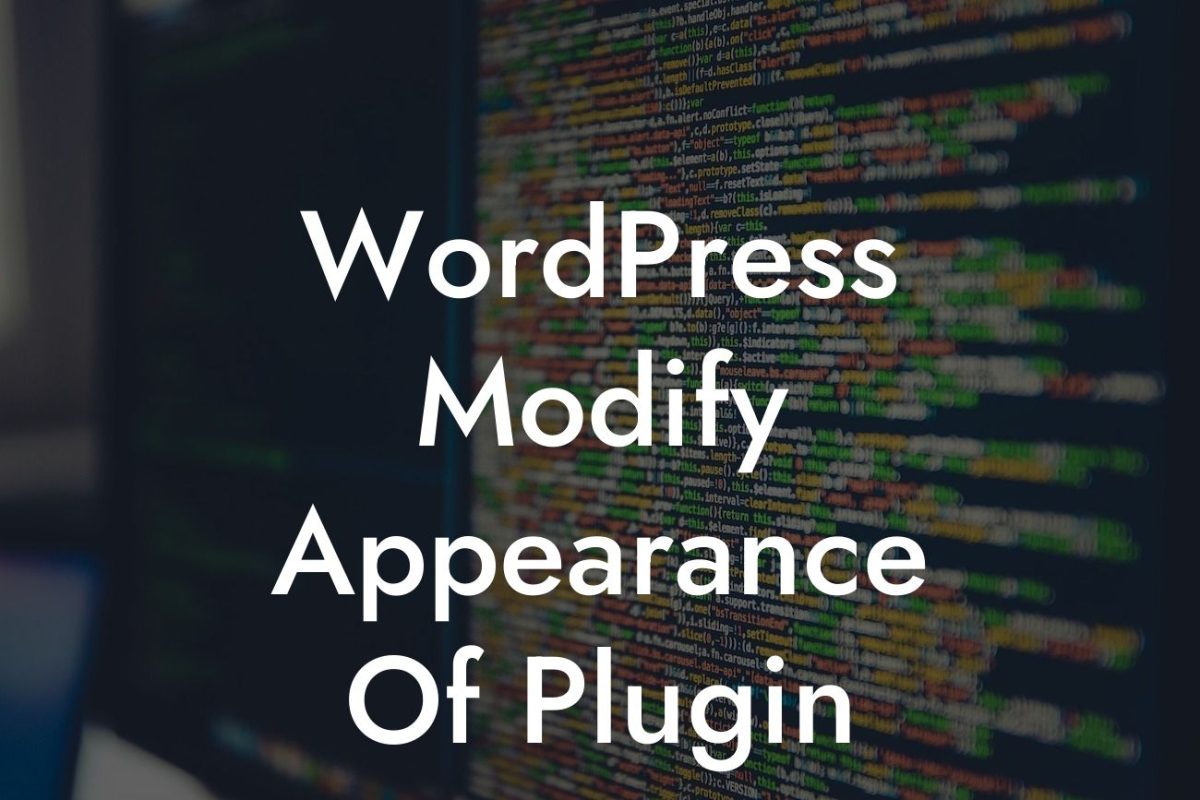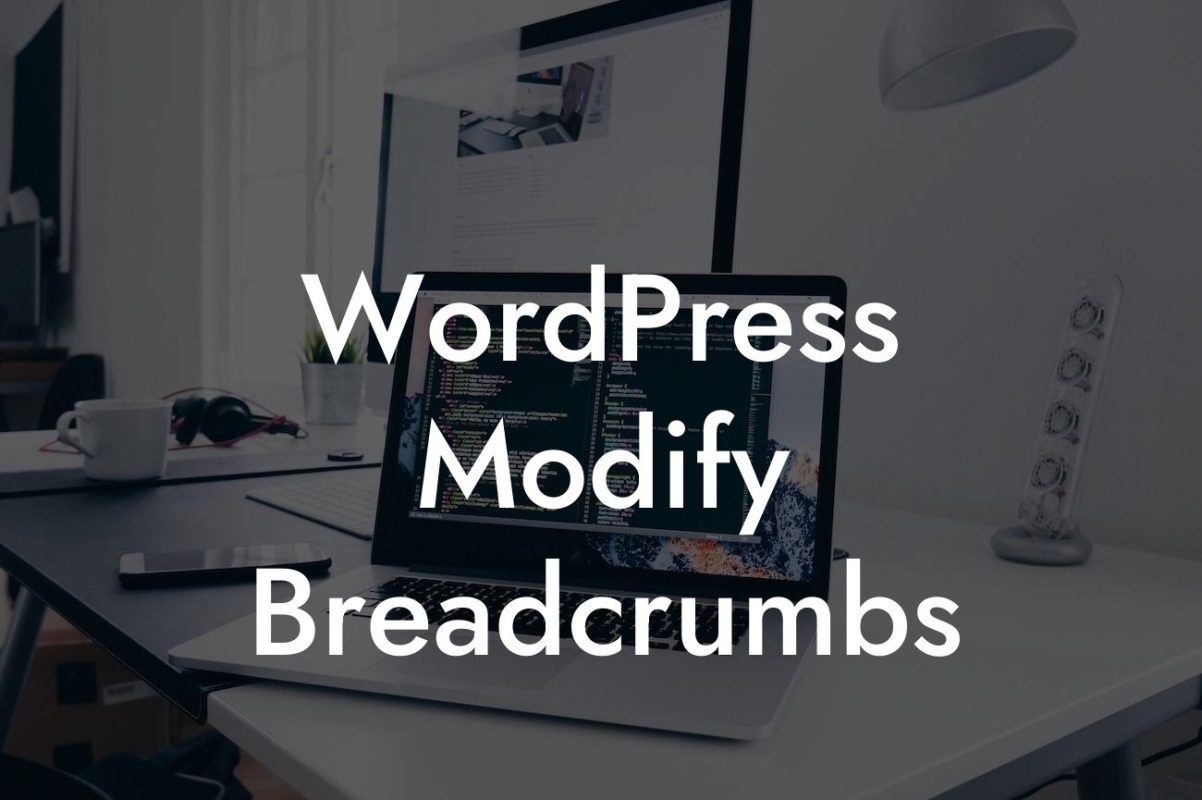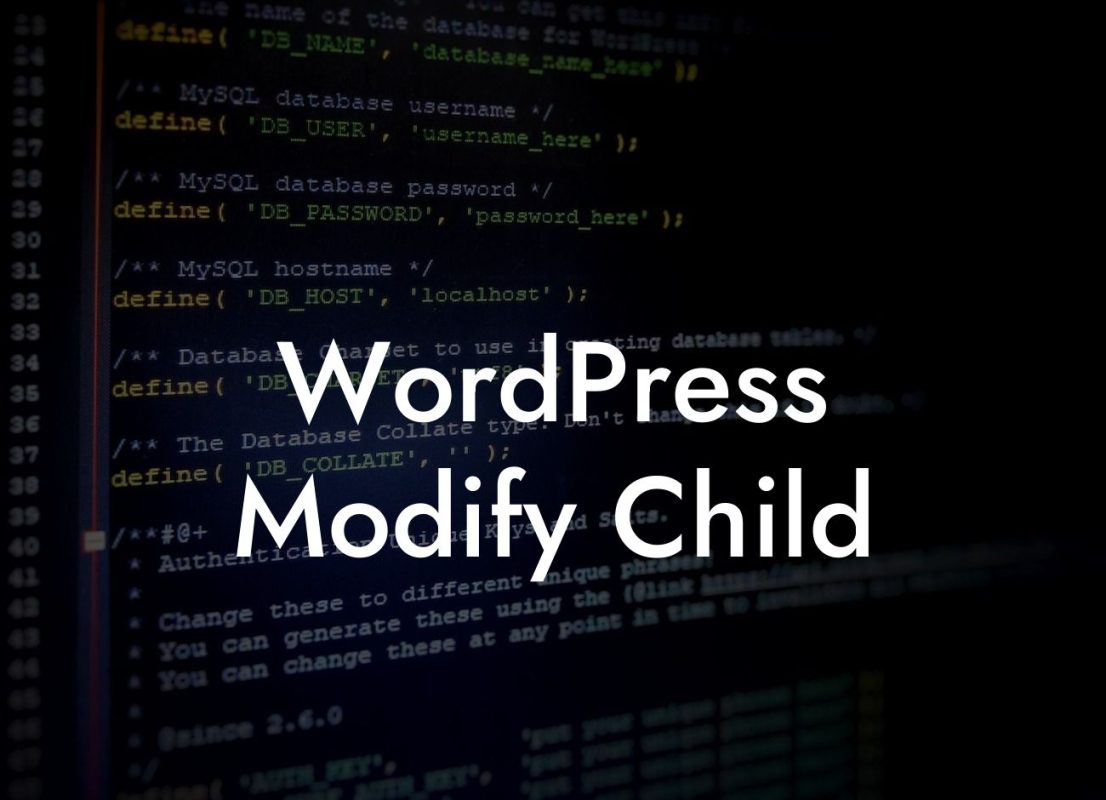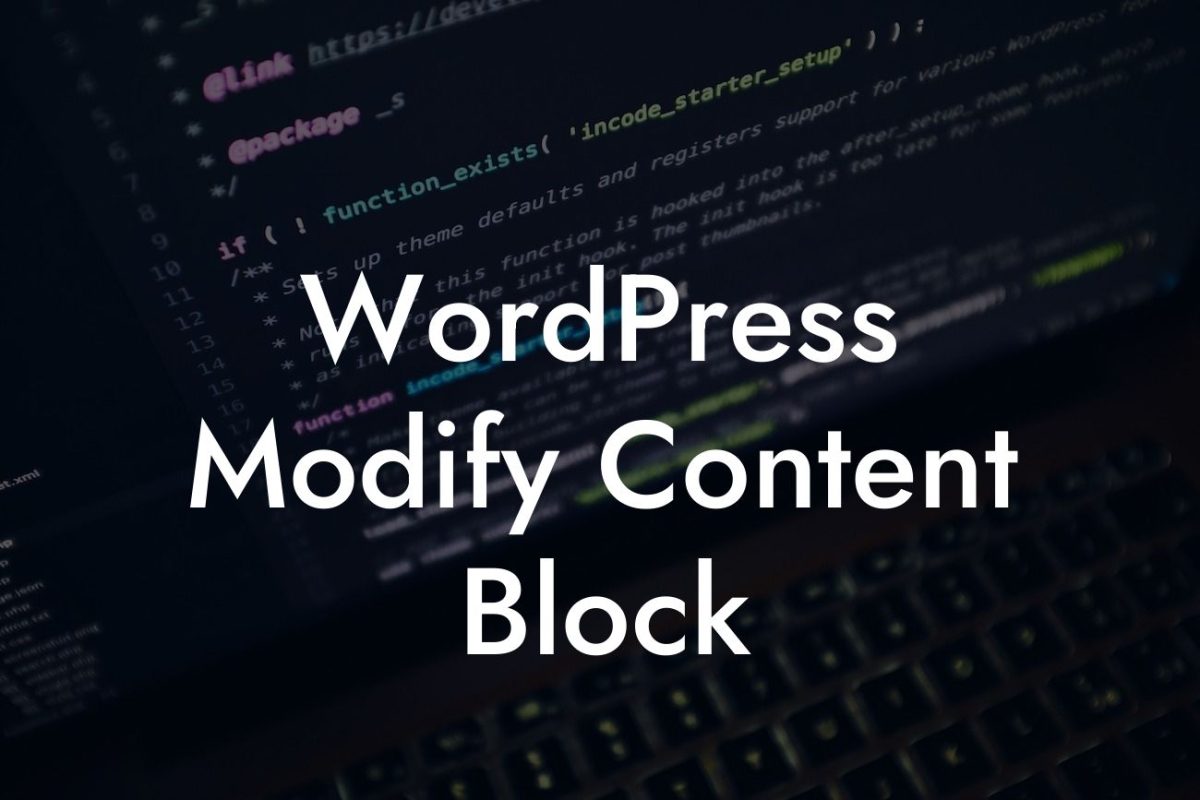Did you know that image file names play a crucial role in search engine optimization (SEO)? Many website owners often overlook this aspect, but it can significantly impact your website's visibility and search engine rankings. In this guide, we will walk you through the process of changing image file names in WordPress, helping you supercharge your online presence and attract more visitors to your website. Let's dive in!
Changing image file names in WordPress is a straightforward process that can yield remarkable results. By following these simple steps, you can optimize your website and enhance its visibility in search engine results pages (SERPs).
Step 1: Choose Descriptive File Names
When uploading images to your WordPress media library, it's essential to use descriptive file names that accurately reflect the content of the image. Avoid generic names like "IMG1234.jpg" and instead opt for descriptive names that include relevant keywords. For instance, if you have a picture of a cute cat, consider naming it "adorable-cat.jpg" or "fluffy-kitten.jpg."
Step 2: Use Hyphens to Separate Words
Looking For a Custom QuickBook Integration?
When naming your image files, it's crucial to use hyphens to separate words. Search engines consider hyphens as word separators, enabling better readability and comprehension of your file names. For example, instead of naming an image "coolcat.jpg," use "cool-cat.jpg," making it easier for search engines to understand the content.
Step 3: Avoid Special Characters and Spaces
Special characters and spaces can cause issues when it comes to SEO optimization. It's best to avoid them altogether. Stick to alphanumeric characters and hyphens. This ensures compatibility with different web frameworks and improves the chances of your images being indexed correctly by search engines.
Step 4: Optimize Alt Text and Image Titles
Once you've renamed your image files, it's essential to optimize the alt text and image titles. Alt text provides textual context to visually impaired users and helps search engine crawlers understand the image's content. Image titles serve as a tooltip when a user hovers over the image. Include relevant keywords in both the alt text and image titles, but avoid keyword stuffing.
How To Change Image File Name In Wordpress Example:
Let's say you're running an online bakery business and want to upload an image of a delectable cupcake to your website. Instead of uploading the file as "cupcake.jpg," consider renaming it to "chocolate-cupcake-bakeryname.jpg." By incorporating specific keywords like "chocolate" and "bakery name," you're increasing the chances of your image appearing in search engine results when users search for those terms.
Congratulations! You've uncovered the power of changing image file names in WordPress. By following these guidelines, you can boost your website's SEO and attract more organic traffic. Don't forget to explore DamnWoo's other guides to enhance your online presence further. And if you're ready to take your website to the next level, try one of our awesome plugins designed exclusively for small businesses and entrepreneurs. Keep pushing the boundaries and embracing the extraordinary with DamnWoo! Share this article with your friends and fellow entrepreneurs to help them succeed too!


